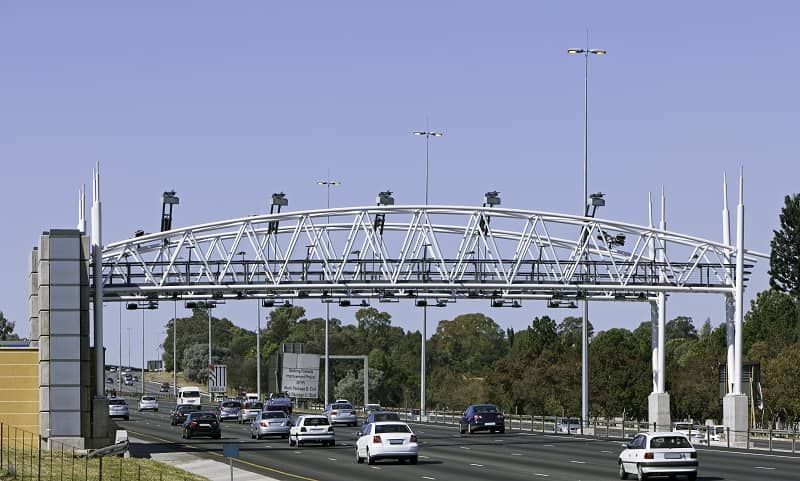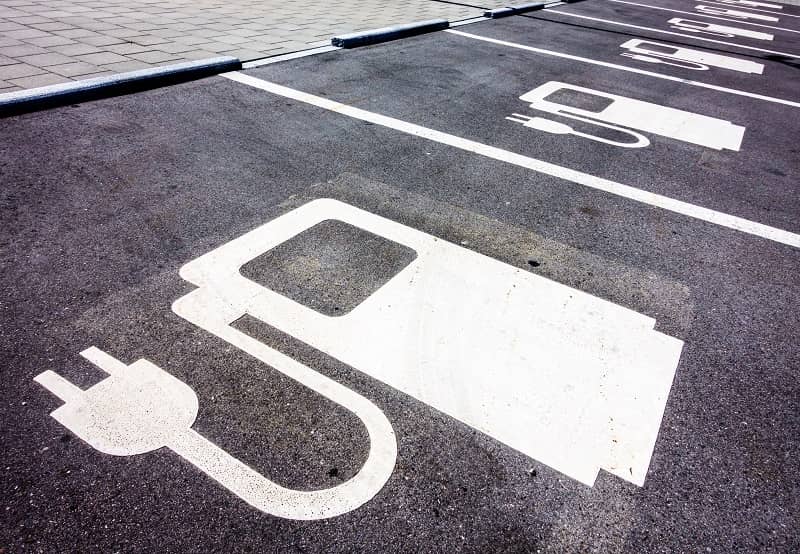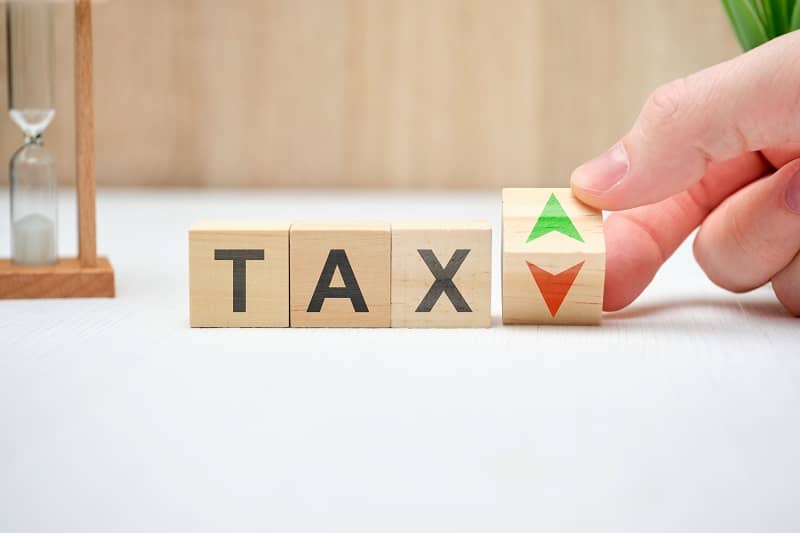If every penny earned since the beginning of the year went to pay federal, state, and local taxes, Americans would have to work until the middle of April just to cover their tax bills. Tax Freedom Day is a calendar-based illustration of the cost of government which divides all taxes by the nation’s income. By this calculation, Americans typically work more than a hundred days a year, and pay about a third of their earned income, to all levels of government.
But this is only what Americans actually pay, not what government spends. If annual federal borrowing were taken into account, representing future taxes owed, Tax Freedom Day wouldn’t occur until May. That’s more than two weeks of federal government spending paid for by borrowing.
Americans pay more in taxes ($4.85 trillion) than they do on food, clothing, and housing combined. The saying goes, you should “work to live, not live to work.” But the more government grows, the more Americans are working less to live and more to pay for runaway government spending. That leaves fewer resources to invest in the real engines of economic growth: private sector businesses that create jobs and produce goods and services for a market fueled by Americans’ hard-earned purchasing power.











